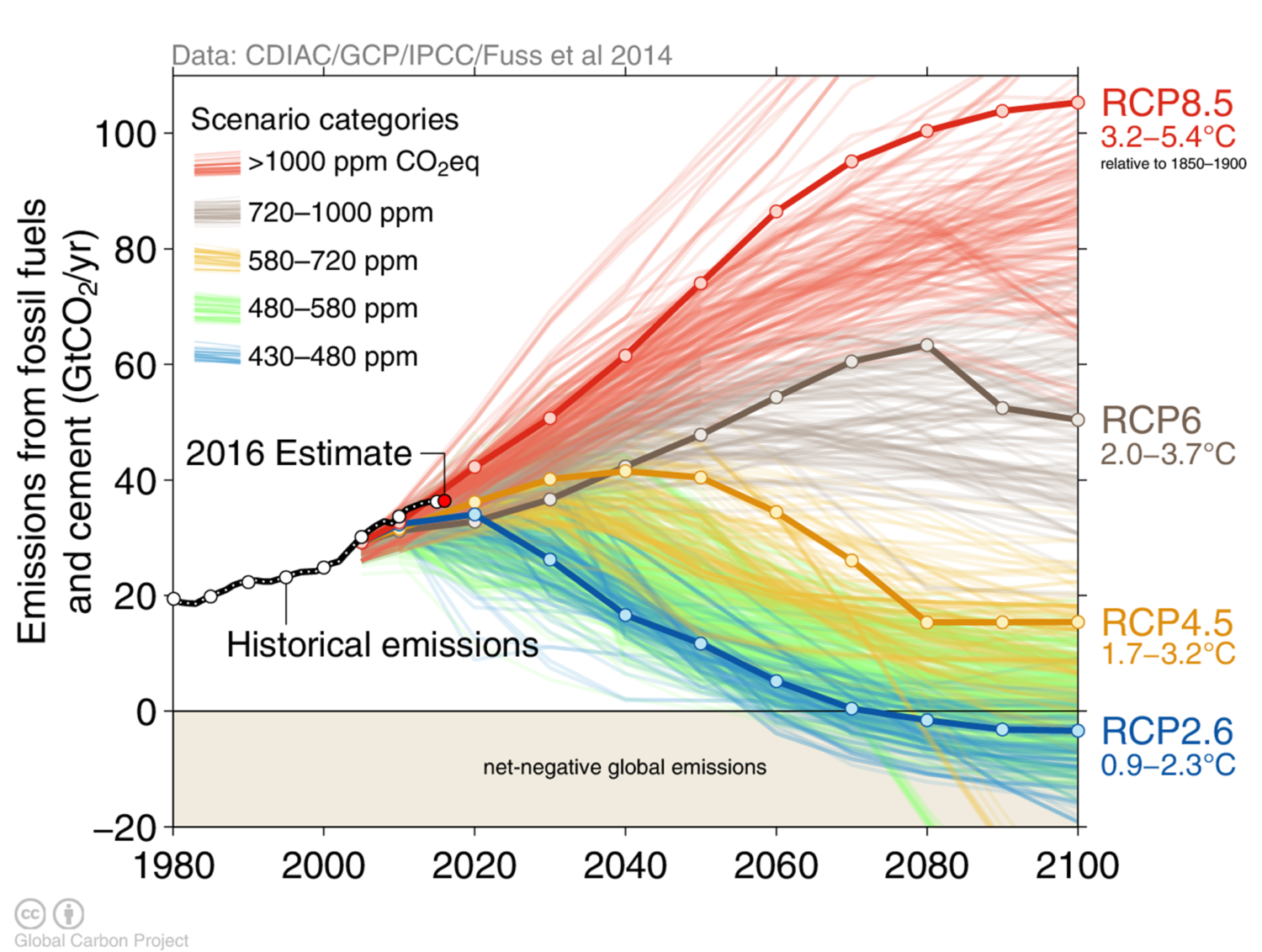cross-posted from: https://slrpnk.net/post/3903718
Excerpt:
That’s the theory, anyway. But today, the lion’s share of the CO2 captured from industrial processes doesn’t go back into the ground. Instead, 60 percent of it is used to extract more oil, in a controversial process known as “enhanced oil recovery.”
“I think it’s a huge problem,” said Lorne Stockman, research co-director of the advocacy group Oil Change International. “The oil and gas industry has done a very good job of co-opting our climate and clean energy policy.”
For over a decade, the U.S. government has been quietly funding the capture of CO2 that is ultimately used to drill more oil. Some experts and researchers argue that the climate impact is net positive: The oil will be drilled anyway, and the process can help companies learn how to capture CO2 more efficiently. But others say that the government shouldn’t be helping companies sustain more fossil fuel extraction.
It is not a surprising situation at this point - oil and gas companies already had a large available supply of CO2 from “sweetening” of natural gas. We have to understand the dramatic difference between “capturing” CO2 - meaning capturing from a point source like a stack or process - and “removing” CO2 - meaning removing it from the atmosphere. In normal use, these terms have such similar meanings that it is very easy for nefarious actors to conflate them. It is very easy for regulators to become confused. It is very easy for the oil and gas industry to take advantage of the situation. I think the key solution is education.
The technology to capture CO2 from industrial streams where it is already concentrated, is quite different that removal. Advances in capture technology are only stop-gap and can be better driven by strong enforcement of ever-tighter emission limits than subsidizing of costs.
They could have found a method to seed it back into the ground and oceans. The critters esp with ocean acidification need it for their shells in a soft carbonate form.


